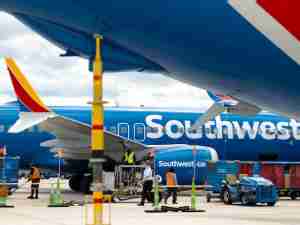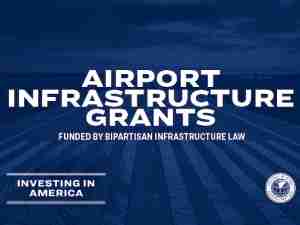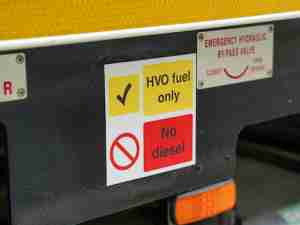U.S. airports are breaking records on construction spending to cash in on a surge in travel while the industry is flush from years of low fuel prices.

Airports spent a seasonally adjusted $5.42 billion on construction in May, according to a preliminary estimate released by the U.S. Census Bureau on Monday, a 75 percent increase from a revised estimate of $3.1 billion a year earlier.
“We’re at record airline traffic right now,” said George Ferguson, an airline industry analyst for Bloomberg Intelligence. “In every market I look at, airlines are adding a lot of capacity.”
Airlines have booked healthy profits in recent years, but those margins are beginning to narrow as oil prices rise, and both airlines and airports are fighting for market share, Ferguson said. For airlines, that could mean buying more planes. For airports, it may mean updating terminals, he said.
New York’s oft-maligned LaGuardia Airport, which former Vice President Joe Biden once called a “third world” facility, is in the middle of an estimated $8 billion renovation. Los Angeles International Airport is trying to woo fliers with a $14 billion update that includes a $118 million “curbside appeal” project.
Between 2017 and 2021, U.S. airports could need nearly $100 billion in infrastructure upgrades and maintenance, according to a report from the Airports Council International—North America. Of that spending, 63 percent is intended to accommodate growth in passengers and freight. Airports in Denver, San Francisco and Nashville, Tennessee, are among the long list of those working on expensive terminal renovations or expansions.
“Airports have been delaying projects for years because of not-so-great economic conditions,” said Annie Russo, vice president of governmental and political affairs at the Airports Council. A humming economy and interest rates that are still low have set off the burst of building to meet the demands of passenger growth, she said.
Airports pay for construction mainly by issuing debt, which they repay with fees from airlines and passengers, Russo said. Airlines sometimes contribute directly to projects, usually at airports where they have a major hub, she said.









